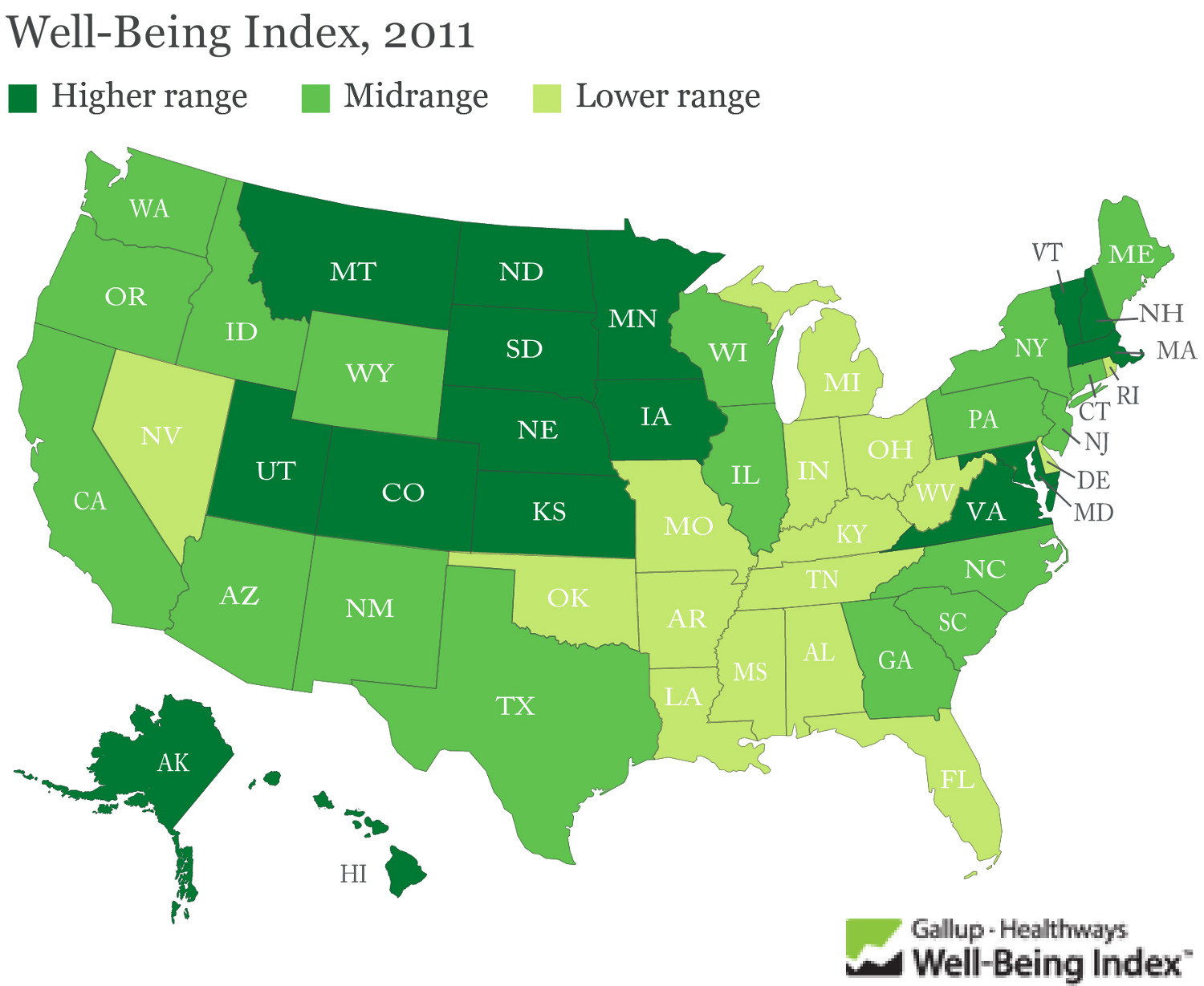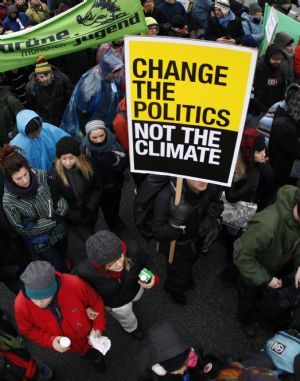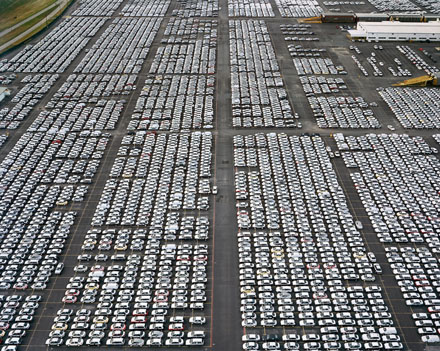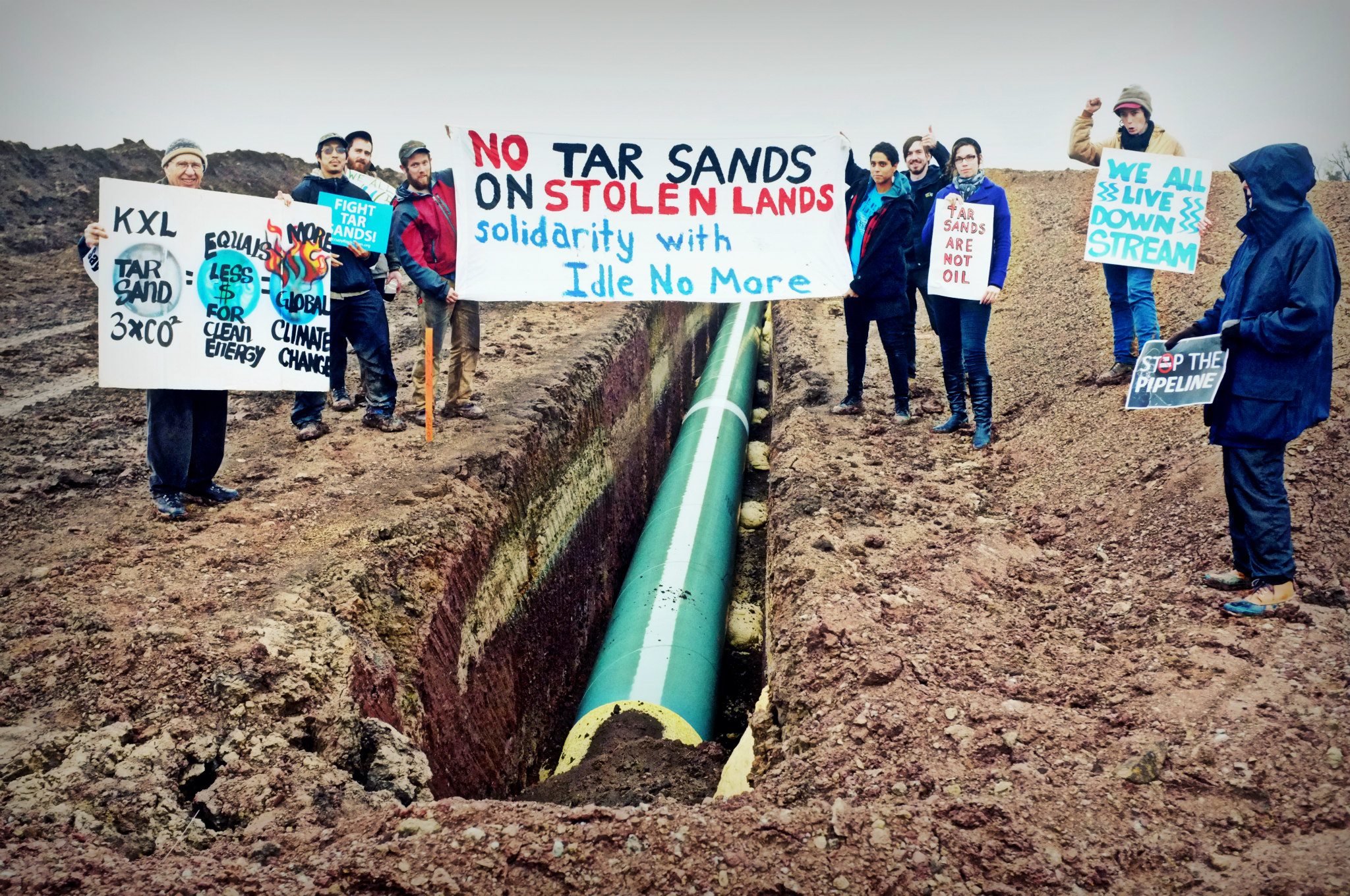 The conflagration currently consuming London and other cities in the English Midlands is generating much heated debate. Little of this commentary demonstrates much of a sense of history.
The conflagration currently consuming London and other cities in the English Midlands is generating much heated debate. Little of this commentary demonstrates much of a sense of history.
Authorities such as Prime Minister David Cameron and London mayor Boris Johnson have, for example, been quick to condemn what they and significant segments of the mainstream British media represent as the wanton lawlessness of the ‘rioters.’ Metropolitan Police commander Adrian Hanstock condemned the riots as “absolutely unacceptable” on August 7, saying that a peaceful demonstration had been hijacked by a small number of “criminal elements” using it for their own gain. Racial and class stereotypes about the character of the rioters are not so carefully hidden behind these denunciations.
In the face of these stereotypes, it’s worth remembering that the riots began on Saturday following a nonviolent community demonstration outside a Metropolitan Police Service (MPS) station in the North London neighborhood of Tottenham. This demonstration was organized to demand justice following the death of Mark Duggan, a young Black Briton shot by the police during a planned operation. The London police initially reported that Duggan had fired on them, but subsequent reports by the Independent Police Complaints Commission have revealed that a bullet lodged in a police radio was in fact issued by the Metropolitan Police Service.
The killing of Duggan took place within the context of Operation Trident, a special arm of the MPS established in 1998 to investigate gun crime in London’s black communities. More recently, the MPS launched Operation Razorback in order to crack down on “troublemakers” planning to attend this year’s carnival in Notting Hill. As British activist Darcus Howe explained in a recent interview, these police operations come on top of a broader transformation in police-community relations facilitated by the war on terror that has allowed the police to engage in unimpeded stop, search, and arrest operations in Britain’s Black communities.
to investigate gun crime in London’s black communities. More recently, the MPS launched Operation Razorback in order to crack down on “troublemakers” planning to attend this year’s carnival in Notting Hill. As British activist Darcus Howe explained in a recent interview, these police operations come on top of a broader transformation in police-community relations facilitated by the war on terror that has allowed the police to engage in unimpeded stop, search, and arrest operations in Britain’s Black communities.
Despite the fact that most British police do not carry guns, being arrested in the UK is no joke. As Caroline Davies reported in an article earlier this year, 333 people have died in or following police custody in the UK over the last eleven years; not a single member of the police has been convicted for any of these deaths.
 This pattern of police dragnets in Black communities has deep historical roots. As I discuss in my book Mongrel Nation, Black communities were targeted during the 1970s and 1980s by very similar special operations. In 1981, for example, Operation Swamp deployed huge numbers of police into the predominantly Black neighborhood of Brixton in South London. Margaret Thatcher’s conservative government oversaw the revival of Victorian “sus” laws that allowed police to detain anyone who they suspected might be either breaking or about to break the law. Not surprisingly, young Black men were disproportionately targeted, and a significant number of deaths in police custody ensued. In 1981, riots broke out in Brixton and quickly spread to Black, Asian, and white working class neighborhoods of cities such as Birmingham and Manchester.
This pattern of police dragnets in Black communities has deep historical roots. As I discuss in my book Mongrel Nation, Black communities were targeted during the 1970s and 1980s by very similar special operations. In 1981, for example, Operation Swamp deployed huge numbers of police into the predominantly Black neighborhood of Brixton in South London. Margaret Thatcher’s conservative government oversaw the revival of Victorian “sus” laws that allowed police to detain anyone who they suspected might be either breaking or about to break the law. Not surprisingly, young Black men were disproportionately targeted, and a significant number of deaths in police custody ensued. In 1981, riots broke out in Brixton and quickly spread to Black, Asian, and white working class neighborhoods of cities such as Birmingham and Manchester.
Exactly the same pattern is repeating itself today. Given this fact, it’s worth remembering how these uprisings were framed at the time. The most trenchant account of urban unrest of the time, Policing the Crisis, suggested that urban “criminality” needed to be placed in the context of the organic crisis of the British state and society. For Stuart Hall and his fellow contributors, public fears about “mugging” (which anticipated and legitimated draconian tactics such as Operation Swamp that sparked the Brixton riots) were a moral panic that condensed much broader fears and redirected those fears onto the scapegoated figure of the “immigrant.” For the contributors to Policing the Crisis, that is, fears about crime helped authorities contain a much broader crisis in Britain.
What was the nature of this crisis? By the 1970s, the economic boom of the post-World War II years had played itself  out. Rates of profit were sagging in the industrialized economies of North America and Western Europe. In addition, the 1960s had seen broad criticism of the hollow materialism of the “affluent society” constructed during the consumer-driven boom of preceding decades. The result was what Hall and his colleagues, drawing on the theories of Antonio Gramsci, called an organic crisis: a breakdown that cut across all segments of society, from the economic “base” to the cultural “superstructure.”
out. Rates of profit were sagging in the industrialized economies of North America and Western Europe. In addition, the 1960s had seen broad criticism of the hollow materialism of the “affluent society” constructed during the consumer-driven boom of preceding decades. The result was what Hall and his colleagues, drawing on the theories of Antonio Gramsci, called an organic crisis: a breakdown that cut across all segments of society, from the economic “base” to the cultural “superstructure.”
In response to these interwoven economic and ideological crises, elites in Britain, the United States, and other developed countries gradually cobbled together the hegemonic project we now know as neo-liberalism. The lineaments of neo-liberalism of course included smashing institutions of working class power, shrinking and/or privatizing the redistributive arm of the state, and beefing up the state’s security apparatus. Hall and his colleagues called this approach popular authoritarianism.
A key element of popular authoritarianism, according to Policing the Crisis, was pinning the cause of the organic crisis on the figure of Black immigrant. Black communities had of course been hyper-exploited and, in tandem, economically marginalized for decades in Britain. Nevertheless, the underground economies that developed as a result were taken out of context and classified as criminal in a process that tended to pathologize entire communities and to treat criminality as a purely racial issue. Policing the Crisis elaborates a theory of Britain’s Black communities as part of an international surplus labor population whose outsider status allowed them to be demonized by British authorities in order to explain away their inability to establish a socially and economically just society. Both the Tories and the Labour Party cooperated in this scapegoating of Britain’s Black population, as a survey of the increasingly racialized elements of immigration legislation demonstrates. This sordid history of caving in to the extreme racial posturing of the Right makes much of the hand-wringing in Europe following the recent murderous rampage of Norwegian racialist Anders Breivik hypocritical at best.
Policing the Crisis remains relevant today. As Operation Trident and Razorback suggest, Black communities in Britain are still subject to heavy, racially targeted policing tactics. Despite the admission of institutional racism within the Metropolitan Police Service in the wake of the investigation of the killing of Stephen Lawrence in 1999, police still operate with total impunity. Finally, authority figures continue to discuss criminality without any reference to the context of austerity and draconian cutbacks in the redistributive arm of the state that has prevailed for the last three decades, and that has intensified to an unprecedented level under the current Tory government.
The uprisings in London and other parts of Britain draw attention to these injustices, just as the Brixton uprising did several decades ago. Sustained organizing, in the media and on the ground, will be necessary in order to prevent the imposition of yet another round of popular authoritarianism in response to these uprisings.
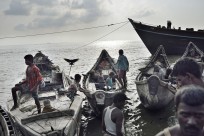 Doing research for my current book project, I came across an amazing series by the photographer Kadir Van Lohuizen on Sea Level Rise.
Doing research for my current book project, I came across an amazing series by the photographer Kadir Van Lohuizen on Sea Level Rise. Van Lohuizen’s project focuses on the impact of sea level rise in a number of countries around the world, from threatened island nations like Kiribati to abandoned corners of wealthy nations like East Yorkshire in Great Britain.
Van Lohuizen’s project focuses on the impact of sea level rise in a number of countries around the world, from threatened island nations like Kiribati to abandoned corners of wealthy nations like East Yorkshire in Great Britain.